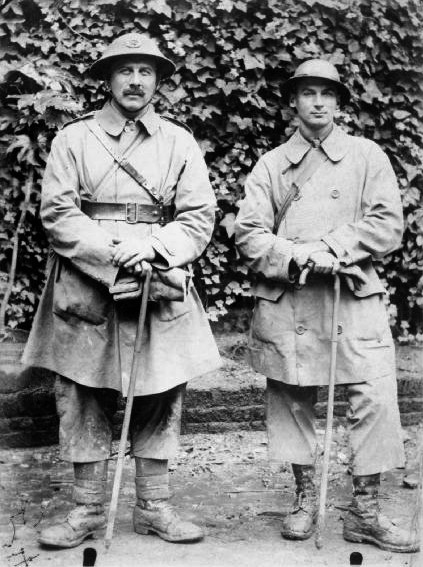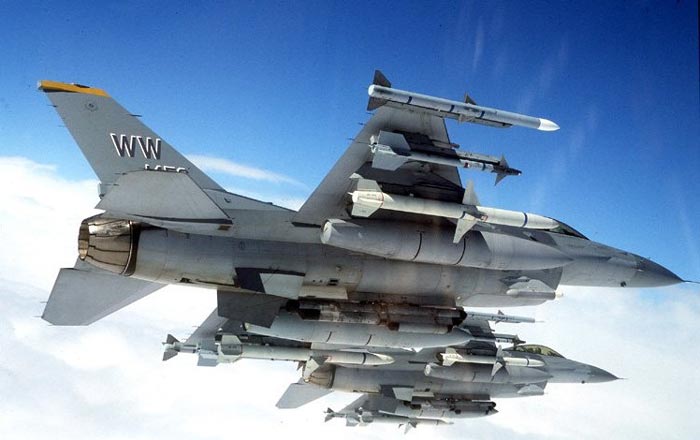May 4 in U.S. military history
1864: Lt. Gen. Ulysses S. Grant, general-in-chief of all Union forces, moves the Army of the Potomac out of their winter encampments and 100,000 Union soldiers cross the Rapidan River in Virginia, kicking off the campaign that will set the stage for the defeat of Gen. Robert E. Lee’s Army of Northern Virginia.
Union losses in the Overland Campaign – the bloodiest in American history – are heavy, but Grant’s troops are replaceable. Lee’s are not.
1916: To avoid a diplomatic break with the United States, Germany announces it will abandon its policy of unrestricted submarine warfare. Rather than continuing to indiscriminately sink all vessels in the British Isles, German subs will only torpedo those found to carry war materials.
Germany will reverse course in less than a year, sparking America’s entry into World War I on April 6, 1917.
1917: After a nine-day crossing of the Atlantic through stormy seas, a detachment of destroyers commanded by Cmdr. Joseph K. Taussig arrives at Queenstown, Ireland (now known as Cobh). The destroyers will assist convoy escorts against German U-Boats, which are sinking a staggering 600,000 tons of shipping per month.
1945: Germany’s new president, Grand Admiral Karl Dönitz sends envoys to Gen. Sir Bernard Montgomery’s headquarters – a carpeted tent in Lüneburg Heath, Germany – and sign the unconditional surrender of German air, land, and sea forces in the Netherlands, Denmark, and northwest Germany.

Meanwhile as the fighting rages on at Okinawa, the Japanese 32nd Army attempts — and fails — to make an amphibious assault behind American lines. A frenzy of kamikaze attacks on the U.S. Navy send two destroyers and two rocket-armed amphibious ships to the bottom. Numerous other vessels are damaged.
1968: As soldiers of the 7th Cavalry Regiment brave intense sniper fire and charge uphill towards fortified enemy positions in Vietnam’s infamous Vietnam’s A Shau Valley, a soldier discovers an enemy claymore. Platoon leader Douglas B. Fournet orders his men to take cover while he charges forward to disarm the mine. He unsheathes a knife to cut the wire used to detonate the device, but it explodes. Fournet shields his teammates from the blast with his body and he is posthumously awarded the Medal of Honor for his actions.
1970: After days of violent protests and rioting at Kent State University, sparked by Pres. Nixon’s military incursion into Cambodia, members of the Ohio National Guard order the protestors to disperse. The crowd had already burned down the ROTC building when then began attacking the guardsmen, who open fire. In 13 seconds, four students lay dead and nine more are wounded.
1999: An Air Force F-16CJ Fighting Falcon piloted by Lt. Col. Michael Geczy shoots down a Serbian Air Force MiG-29 marking the U.S. military’s fifth and final air-to-air kill of the NATO campaign. Geczys’ victory will be the last manned enemy aircraft shot down by an American pilot for the next 18 years. Meanwhile, an AH-64 Apache attack helicopter crashes in Albania, killing the pilot and gunner – the first NATO fatalities of Operation ALLIED FORCE.
